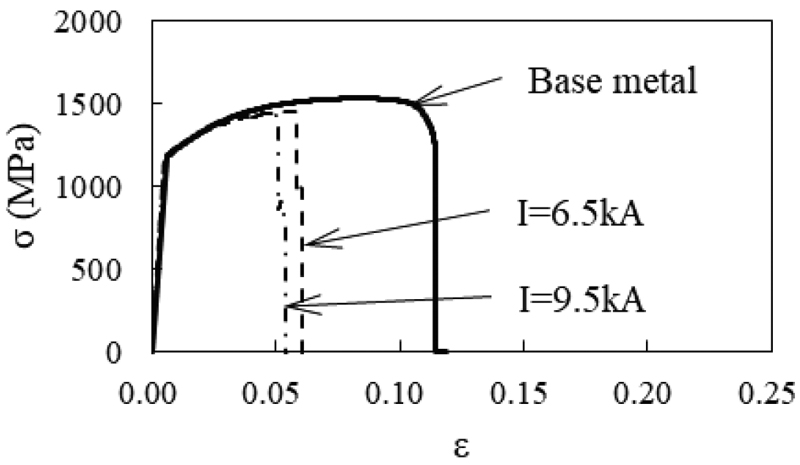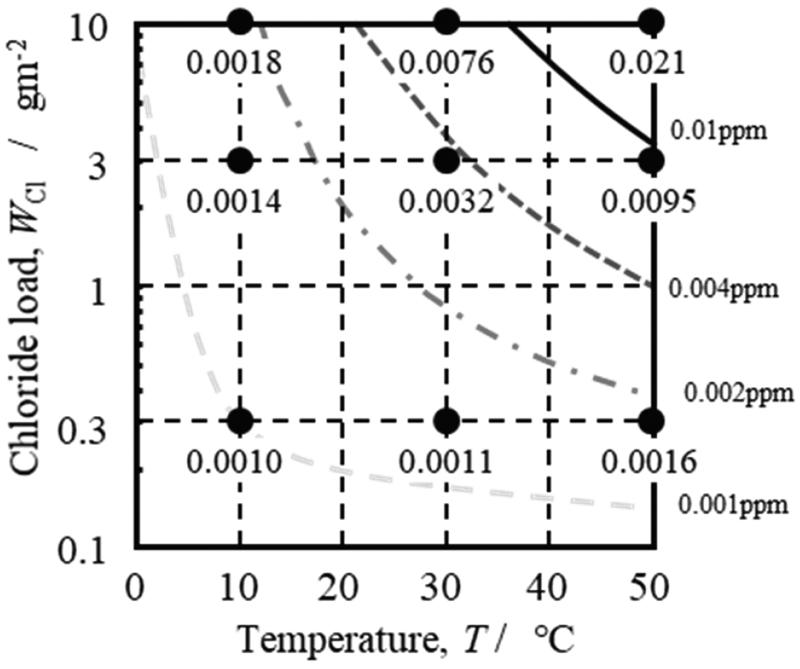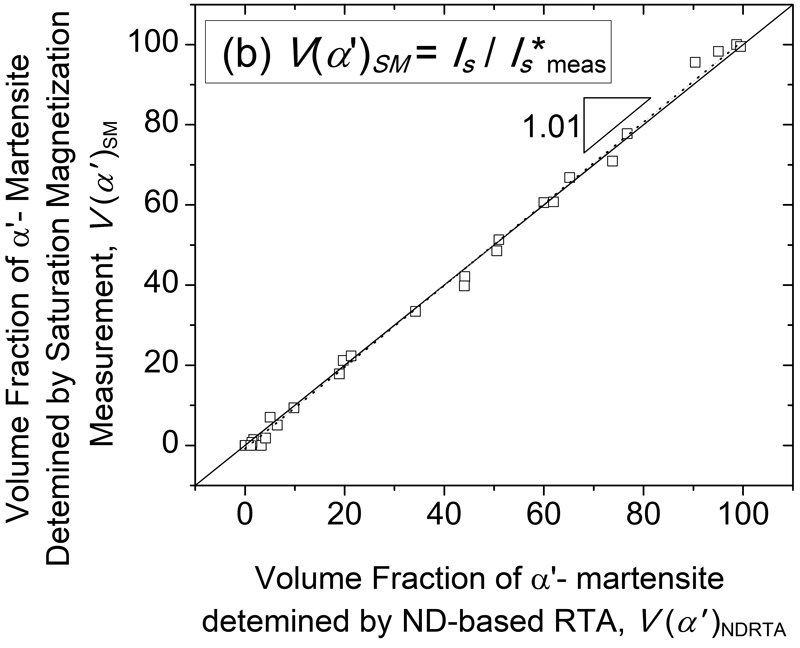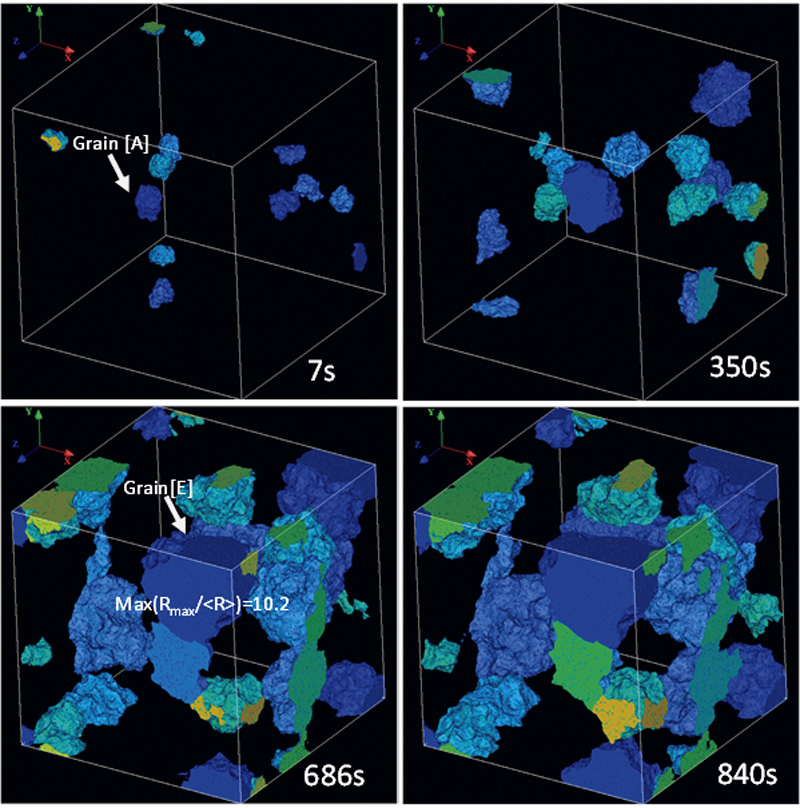
- Issue 16 Pages 995-
- Issue 15 Pages 907-
- Issue 14 Pages 879-
- Issue 13 Pages 803-
- Issue 12 Pages 647-
- Issue 11 Pages 593-
- Issue 10 Pages 551-
- Issue 9 Pages 425-
- Issue 8 Pages 379-
- Issue 7 Pages 355-
- Issue 6 Pages 273-
- Issue 5 Pages 231-
- Issue 4 Pages 187-
- Issue 3 Pages 63-
- Issue 2 Pages 21-
- Issue 1 Pages 1-
- Issue 16 Pages 1251-
- Issue 15 Pages 1165-
- Issue 14 Pages 1033-
- Issue 13 Pages 989-
- Issue 12 Pages 899-
- Issue 11 Pages 795-
- Issue 10 Pages 721-
- Issue 9 Pages 653-
- Issue 8 Pages 569-
- Issue 7 Pages 513-
- Issue 6 Pages 427-
- Issue 5 Pages 395-
- Issue 4 Pages 343-
- Issue 3 Pages 89-
- Issue 2 Pages 35-
- Issue 1 Pages 1-
- Issue 16 Pages 2157-
- Issue 15 Pages 1805-
- Issue 14 Pages 1613-
- Issue 13 Pages S1141-
- Issue 12 Pages S1037-
- Issue 11 Pages 1443-
- Issue 10 Pages 1273-
- Issue 9 Pages 1077-
- Issue 8 Pages 917-
- Issue 7 Pages 751-
- Issue 6 Pages 585-
- Issue 5 Pages S389-
- Issue 4 Pages S1-
- Issue 3 Pages 403-
- Issue 2 Pages 233-
- Issue 1 Pages 19-
- Issue 16 Pages 2153-
- Issue 15 Pages 1977-
- Issue 14 Pages 1813-
- Issue 13 Pages S1285-
- Issue 12 Pages S1043-
- Issue 11 Pages 1667-
- Issue 10 Pages 1481-
- Issue 9 Pages 1231-
- Issue 8 Pages 891-
- Issue 7 Pages 711-
- Issue 6 Pages 538-
- Issue 5 Pages S407-
- Issue 4 Pages S1-
- Issue 3 Pages 347-
- Issue 2 Pages 173-
- Issue 1 Pages 14-
- Issue 16 Pages 1837-
- Issue 15 Pages 1711-
- Issue 14 Pages 1569-
- Issue 13 Pages S1205-
- Issue 12 Pages S1034-
- Issue 11 Pages 1423-
- Issue 10 Pages 1269-
- Issue 9 Pages 1059-
- Issue 8 Pages 925-
- Issue 7 Pages 775-
- Issue 6 Pages 627-
- Issue 5 Pages S287-
- Issue 4 Pages S1-
- Issue 3 Pages 301-
- Issue 2 Pages 147-
- Issue 1 Pages 12-
- Issue 16 Pages 2179-
- Issue 15 Pages 1795-
- Issue 14 Pages 1631-
- Issue 13 Pages S1053-
- Issue 12 Pages S1023-
- Issue 11 Pages 1501-
- Issue 10 Pages 1315-
- Issue 9 Pages 987-
- Issue 8 Pages 767-
- Issue 7 Pages 621-
- Issue 6 Pages 473-
- Issue 5 Pages S305-
- Issue 4 Pages S1-
- Issue 3 Pages 299-
- Issue 2 Pages 151-
- Issue 1 Pages 16-
- Issue 16 Pages 1945-
- Issue 15 Pages 1699-
- Issue 14 Pages 1531-
- Issue 13 Pages S1055-
- Issue 12 Pages S1013-
- Issue 11 Pages 1367-
- Issue 10 Pages 1215-
- Issue 9 Pages 1087-
- Issue 8 Pages 887-
- Issue 7 Pages 721-
- Issue 6 Pages 507-
- Issue 5 Pages S317-
- Issue 4 Pages S1-
- Issue 3 Pages 343-
- Issue 2 Pages 187-
- Issue 1 Pages 17-
- Issue 16 Pages 2405-
- Issue 15 Pages 2067-
- Issue 14 Pages 1865-
- Issue 13 Pages 1675-
- Issue 12 Pages S1055-
- Issue 11 Pages S1015-
- Issue 10 Pages 1479-
- Issue 9 Pages 1129-
- Issue 8 Pages 895-
- Issue 7 Pages 711-
- Issue 6 Pages 545-
- Issue 5 Pages S325-
- Issue 4 Pages S1-
- Issue 3 Pages 369-
- Issue 2 Pages 193-
- Issue 1 Pages 16-
- Issue 16 Pages 2573-
- Issue 15 Pages 2261-
- Issue 14 Pages 2073-
- Issue 13 Pages S1111-
- Issue 12 Pages S1001-
- Issue 11 Pages 1867-
- Issue 10 Pages 1657-
- Issue 9 Pages 1409-
- Issue 8 Pages 1043-
- Issue 7 Pages 841-
- Issue 6 Pages 649-
- Issue 5 Pages S415-
- Issue 4 Pages S1-
- Issue 3 Pages 431-
- Issue 2 Pages 225-
- Issue 1 Pages 3-
- |<
- <
- 1
- >
- >|
-
2020Volume 106Issue 7 Pages Cover-
Published: July 01, 2020
Released on J-STAGE: June 30, 2020
JOURNAL OPEN ACCESSDownload PDF (658K) -
2020Volume 106Issue 7 Pages Contents-
Published: July 01, 2020
Released on J-STAGE: June 30, 2020
JOURNAL OPEN ACCESSDownload PDF (1924K) -
2020Volume 106Issue 7 Pages Editorial-
Published: July 01, 2020
Released on J-STAGE: June 30, 2020
JOURNAL OPEN ACCESSDownload PDF (225K)
-
Kohei Furumai, Xiang Wang, Hatem Zurob, Andre Phillion2020Volume 106Issue 7 Pages 429-437
Published: 2020
Released on J-STAGE: June 30, 2020
JOURNAL OPEN ACCESS FULL-TEXT HTMLThe hot ductility of steels containing 0–0.06 wt.%Nb has been evaluated through γ grain growth experiments and hot stage tensile tests of the α + γ two phase region in order to clarify the roles of NbC precipitation and γ grain size evolution resulting from Nb-initiated solute drag on hot ductility in this important material property. The experimental results show that (1) a decrease in γ grain size as a result of Nb-initiated solute drag improves hot ductility, (2) for a given γ grain size, hot ductility decreases with increasing Nb content because the corresponding increase in NbC precipitation fraction increases strength, and (3) the variation in ductility with Nb content is smaller when the γ grain size is smaller. These competing effects of γ grain size and NbC precipitation affect the strain incompatibility between the α and γ phases, leading to the onset of surface cracking during continuous casting when the incompatibility is high. The underlying mechanisms controlling ductility in Nb-containing steels are demonstrated using a model that partitions strain between the α and γ phases.
 View full abstractDownload PDF (6491K) Full view HTML
View full abstractDownload PDF (6491K) Full view HTML
-
Akihiko Nagasaka, Tomohiko Hojo, Katsuya Aoki, Hirofumi Koyama, Akihir ...2020Volume 106Issue 7 Pages 438-447
Published: 2020
Released on J-STAGE: June 30, 2020
JOURNAL OPEN ACCESS FULL-TEXT HTMLEffect of heat-affected zone (HAZ) softening on tensile strength (TS) and total elongation (TEl) of spot welded ultrahigh strength TRIP-aided martensitic (TM) steel sheet was investigated for automobile applications. Tensile test was performed on an Instron type tensile testing machine at a crosshead speed of 3 mm/min (strain rate of 8.3×10–4 s–1), using spot welded specimen.
The results are as follows.
(1) The spot welded specimen at the current value (I) of 6.5 kA for the TM steel with the maximum stress (TS*) of 1450 MPa and the fracture elongation (TEl*) of 7.0% was superior to that of hot stamping steel (the HS1 steel), and it was found that the TS* and the TEl* for the TM steel possessed those of base metal specimen for the HS1 steel with the tensile strength (TS) of 1469 MPa and the total elongation (TEl) of 7.7%.
(2) The TRIP effect for the TM steel with an excellent strength-ductility balance (TS×TEl) of 14.4 GPa% (i.e. the tensile strength (TS) of 1532 MPa and the total elongation (TEl) of 9.4%) suppressed HAZ softening and was able to express a high maximum stress (TS*) of 1450 MPa for the TM steel of the spot welded specimen.
 View full abstractDownload PDF (16909K) Full view HTML
View full abstractDownload PDF (16909K) Full view HTML
-
Shinji Ootsuka, Eiji Tada, Azusa Ooi, Atsushi Nishikata2020Volume 106Issue 7 Pages 448-456
Published: 2020
Released on J-STAGE: June 30, 2020
Advance online publication: April 01, 2020JOURNAL OPEN ACCESS FULL-TEXT HTMLEffect of temperature and chloride deposition on hydrogen absorption into steel was evaluated under wet-dry cyclic corrosion conditions by using a temperature compensated hydrogen absorption monitoring system which is based on electrochemical hydrogen permeation method. Peaks of hydrogen permeation current were detected during the wetting and drying periods in the wet-dry cyclic corrosion conditions. Hydrogen absorption was increased with increasing temperature and chloride deposition. It was suggested that the hydrogen absorption behavior under the wet-dry cyclic corrosion conditions is related to the change in solution chemistry during the wetting and drying periods where the increase of chloride ion concentration and the decrease in pH due to hydrolysis reaction of Fe3+ occurred. Based on these results, the amount of absorbed hydrogen map effected by temperature and chloride deposition in atmospheric corrosion environment was described.
 View full abstractDownload PDF (1690K) Full view HTML
View full abstractDownload PDF (1690K) Full view HTML
-
Yusuke Onuki, Takuro Masumura, Toshihiro Tsuchiyama, Shigeo Sato, Tosh ...2020Volume 106Issue 7 Pages 457-464
Published: 2020
Released on J-STAGE: June 30, 2020
Advance online publication: April 03, 2020JOURNAL OPEN ACCESS FULL-TEXT HTMLThe demand for a reliable and quantitative method to determine phase fractions has been increasing due to the developments of multi-phase materials, such as TRIP steels. The authors conducted a mutual verification between the two methods for phase fraction analysis, the saturation magnetization measurement and the newly developed neutron diffraction technique, neutron-diffraction-based Rietveld texture analysis (NDRTA). The chemical compositions of the current samples were Fe-18Cr-8Ni-1Mn-0.5Si (mass%) with 0, 0.1 or 0.2 mass% of C or N. The α’-martensite volume fractions analyzed by both methods showed a good linear correspondence. The analysis based on the saturation magnetization measurement required an accurate evaluation of the volume saturation magnetization of α’-martensite, which was a function of the chemical composition. The comparison with the result of NDRTA can be an effective method to calibrate the volume saturate magnetization of α’-martensite, especially in the case that a fully transformed standard sample cannot be obtained. NDRTA is also an effective method to determine the fraction of ε-martensite, which is non-magnetic and has a hexagonal close-packed (hcp) structure. Since the hcp phase tends to develop a sharp texture, the conventional X-ray diffraction method without care of texture underestimated its volume fraction. Hence, the simultaneous evaluation of volume fraction and texture by NDRTA is the optimum method to determine the fraction of ε-martensite.
 View full abstractDownload PDF (1601K) Full view HTML
View full abstractDownload PDF (1601K) Full view HTML -
Masato Yasuda, Yoshihiro Suwa, Kenichi Murakami, Kohsaku Ushioda2020Volume 106Issue 7 Pages 465-477
Published: 2020
Released on J-STAGE: June 30, 2020
Advance online publication: March 06, 2020JOURNAL OPEN ACCESS FULL-TEXT HTMLElectrical steel sheets require an increase in grain diameter in order to reduce iron loss. Texture changes during grain growth also affect iron loss. Therefore, it is important for the improvement in magnetic properties to control texture changes during grain growth. Especially, the texture prediction from the initial recrystallized structure is industrially useful. Our goal is the texture prediction by phase field simulation method. In this study, we first investigated experimentally the texture change during grain growth in Fe-0.5%Si and Fe-3.3%Si steels to get the systematic knowledge and the mechanism behind. Then, experimental results were compared with the predicted ones obtained by exploiting the multi-phase field (MPF) simulation.
In the experimental results, in Fe-0.5%Si alloy, {111}<112> component further developed during grain growth. While in the case of Fe-3.3%Si alloy, {411}<148> component significantly developed by consuming {111}<112> component during grain growth. In both cases, the mechanism for the texture change during grain growth could be commonly explained by size advantage. The MPF simulation for both cases succeeded in reproducing the experimental results in terms of the texture changes during grain growth. However, the simulated texture changes were slightly smaller than that of experiment, presumably due to the difference in dimension; i.e. two dimension in MPF simulation and three dimension in experiment. Thus, the validity of the prediction of texture change exploiting MPF simulation was verified.
 View full abstractDownload PDF (6425K) Full view HTML
View full abstractDownload PDF (6425K) Full view HTML -
Yoshihiro Suwa, Kohsaku Ushioda2020Volume 106Issue 7 Pages 478-487
Published: 2020
Released on J-STAGE: June 30, 2020
JOURNAL OPEN ACCESS FULL-TEXT HTMLThe grain growth processes are usually classified into two types. The first type is a self-similar coarsening process, which is called normal grain growth (NGG). The second type is called abnormal grain growth (AGG) and is characterized by the coarsening of a few grains at the expense of the surrounding matrix. Different mechanisms have been proposed for AGG, although the actual physical mechanism responsible for this phenomenon remains largely unknown.
Dispersions of second phase particles are often used to inhibit NGG in polycrystalline metals. However, Hillert and also Humphreys predicted the condition where NGG does not occur and only AGG occurs by using the mean field analysis involving particle dispersions. In addition, Monte Carlo simulation on ‘particle-assisted AGG’ have been reported; however, the mechanism of the phenomenon has not been clarified yet.
In this study, AGG due to the existence of the particles was reproduced by using 3D phase-field (PF) simulation. We particularly investigated the influence of dissolution rate of the particles on AGG intensity. Furthermore, we discussed characteristics of individual grains obtaining maximum size at the end of simulation. Our PF simulations revealed that not only the size superiority in the initial condition but also the “growth environment”, that is, the average grain size of adjacent grains that changes sequentially during the simulation is important for enhancing the AGG. In order to extract the effects of the pinning particles the anisotropy in the interface properties was not considered in this manuscript.
 View full abstractDownload PDF (3923K) Full view HTML
View full abstractDownload PDF (3923K) Full view HTML
-
Taku Niino, Junya Inoue, Mayumi Ojima, Shoichi Nambu, Toshihiko Koseki2020Volume 106Issue 7 Pages 488-496
Published: 2020
Released on J-STAGE: June 30, 2020
JOURNAL OPEN ACCESS FULL-TEXT HTMLThe work hardening behavior and the change in the dislocation density of lath martensite at strain levels of less than 15% under uniaxial tensile loading were investigated. It was clarified that the work hardening rate and the multiplication of dislocation become more prominent as the solute carbon content increases. The change in the mobile dislocation density during deformation was evaluated by studying dynamic strain aging behavior, and it was found that the annihilation of mobile dislocations becomes slower at a higher carbon content. The findings were further examined by a modified Kocks-Mecking-Estrin model proposed in order to explicitly clarify the changes in the mobile and sessile dislocation densities during deformation. From the model-based analysis, it is also suggested that the solute carbon retards the formation of dislocation cells by reducing the mobility of dislocations. These findings were also corresponded well with the observation of the dislocation structure using a transmission electron microscope.
 View full abstractDownload PDF (3979K) Full view HTML
View full abstractDownload PDF (3979K) Full view HTML -
Kota Tomatsu, Takafumi Amino, Tetsushi Chida, Shunya Uji, Makoto Okono ...2020Volume 106Issue 7 Pages 497-506
Published: 2020
Released on J-STAGE: June 30, 2020
JOURNAL OPEN ACCESS FULL-TEXT HTMLTo investigate causes of superior hydrogen embrittlement resistance of drawn pearlitic steel, notched microcantilevers with different notch orientations were fabricated by focused ion beam, and microbending tests were conducted in air and during cathodic hydrogen charging by electrochemical nanoindentation. In air, indentation load increased with increase in indentation displacement, and no crack appeared for any notch orientations. During hydrogen charging, indentation load declined, and a crack appeared. The degree in the load reduction was larger, and the crack was deeper for the notch parallel to the lamellar interface than that normal to the lamellar interface. Furthermore, stationary cracks in the microcantilevers were observed by scanning electron microscopy and scanning transmission electron microscopy. For the notch parallel to the lamellar interface, a sharp long crack was identified along the lamellar interface. The crack stopped at the position where the cementite lamellae are disconnected. In lattice images, cementite was identified in one side of the crack, and ferrite in another side of the same crack. On the other hand, for the notch normal to the lamellar interface, a blunt short crack was identified. Thus, it was concluded that the ferrite-cementite interface is a preferential crack path, and hydrogen embrittlement resistance in the direction parallel to the lamellar interface is superior to that normal to the lamellar interface. The present results also indicate that directional lamellar alignment of the drawn pearlitic steel suppresses crack propagation in the radial direction of the drawn wire, improving the hydrogen embrittlement resistance in the drawing direction.
 View full abstractDownload PDF (9691K) Full view HTML
View full abstractDownload PDF (9691K) Full view HTML -
Masakazu Kobayashi, Shouhei Iwama, Chihiro Watanabe, Yoshiteru Aoyagi, ...2020Volume 106Issue 7 Pages 507-516
Published: 2020
Released on J-STAGE: June 30, 2020
JOURNAL OPEN ACCESS FULL-TEXT HTMLFatigue behaviors of SUS316LN austenitic stainless steel with heterogeneous nano-structure developed by heavy cold rolling have been investigated in this study. The tensile strength and the elongation to fracture in the heterogeneous nano-structure SUS316LN were 1552 MPa and 10%, respectively. The fatigue strength of the heterogeneous nano-structure SUS316LN, which was defined at 107 cycles, reached double of fatigue strength of conventional austenitic stainless steels. The improvement of fatigue strength can be connected with ultimate tensile strength in the heterogeneous nano-structure SUS316LN. Fish-eye fractures, in which crack initiated at Al2O3 inclusions, were clearly observed on the fracture surfaces. The crack propagation rate was measured based on the striation intervals on fracture surface, the analysis of crack propagation rate revealed that the cracks tend to propagate difficult to sheet thickness direction due to lamella structure whose grain boundaries are low misorientation angles. The fatigue lives before and after crack initiation were also estimated by using the number of cycles at fracture and the crack propagation rate. It was found that most of fatigue life was spent before crack initiation. Therefore, fatigue strength would be able to improve by reducing the number and size of inclusion particles.
 View full abstractDownload PDF (1808K) Full view HTML
View full abstractDownload PDF (1808K) Full view HTML
- |<
- <
- 1
- >
- >|